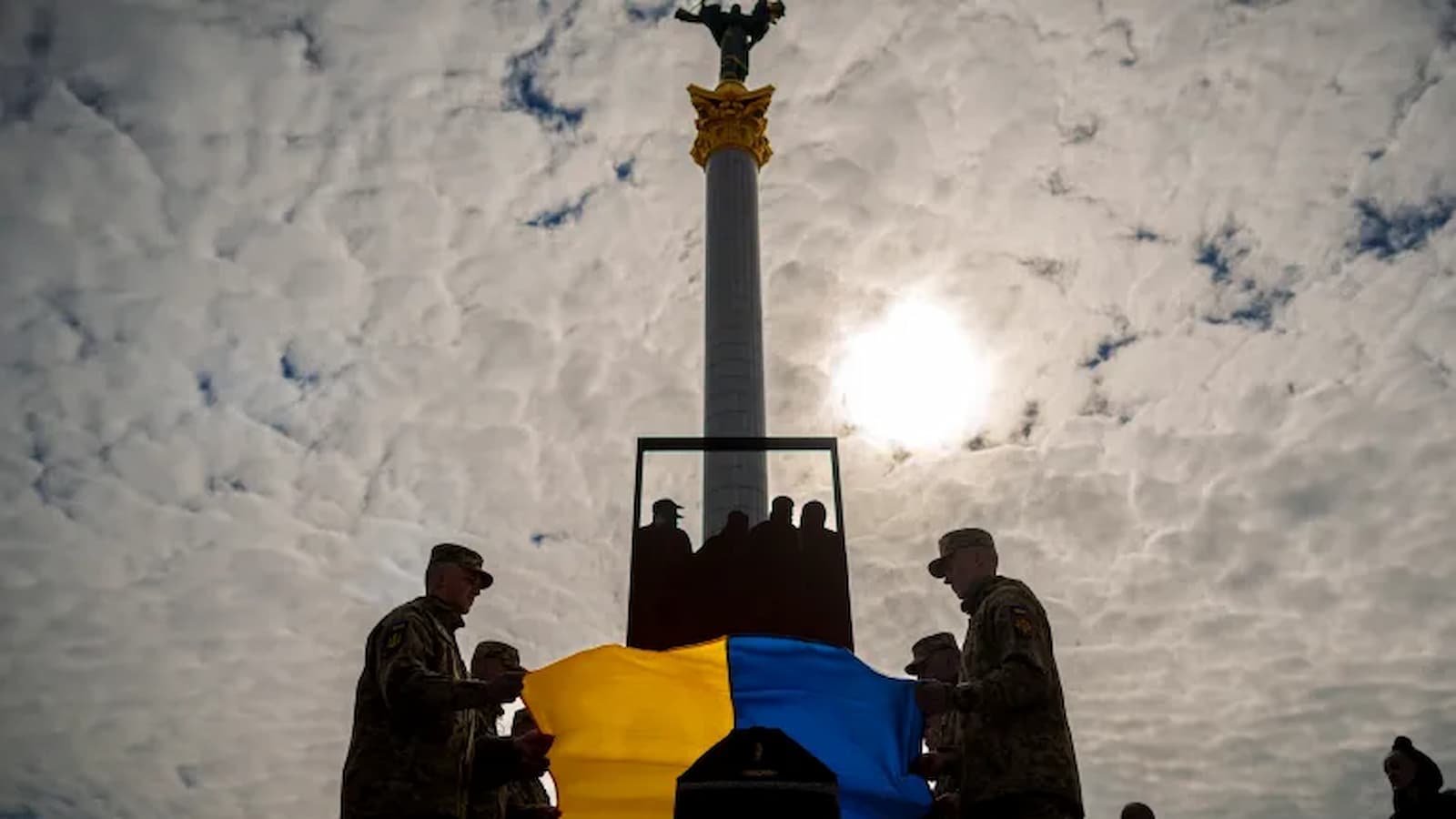Russia-Ukraine War: Analysts estimate that Russia can likely continue its onslaught in Ukraine for at least the next two years due to its increased military production and restocking of standard weapons and ammunition. This is a sobering assessment for Kyiv, which is running out of soldiers and weapons and is losing ground in the war.
In a meeting with Russia’s top military brass on Wednesday, Shoigu stated that the quantity, calibre, and pace of armaments production needed to be increased. He also gave the order to repair front-line units in the east and south of Ukraine to increase their effectiveness, according to the Ministry of Defense, which posted on the messaging app Telegram.
The Kremlin has profited from its vast advantage in soldier numbers, its ability to equip them with outdated but dependable weapons, and their willingness to take significant casualties, even as it struggles to develop modern weapons that could enhance its army’s performance on the battlefield.
Latvia to send Military equipment and Drones assistance to Ukraine
Russia has surprisingly recovered from its early losses in Ukraine by recalibrating its economy on a war posture, making existing facilities work overtime to create or refurbish outdated weapons, and importing parts from North Korea, China, and Iran.
According to Aljazeera, economist Nikolai Kulbaka stated, “Russia is not producing more of its modern fighting equipment.” “However, it has been producing a lot more basic tools, such as rifles, shells, and mass weapons for large numbers of soldiers.”
Russian forces have regained control of the situation in Ukraine as Western military assistance to Kyiv has decreased recently, especially from the US. They can now fire artillery and launch drones significantly more frequently than the Ukrainians.
Russia has rearmed its armed forces through the refurbishment of old equipment, much of which is from the Soviet era. Experts have noted that replacement parts from China, North Korea, and Iran vary in quality, but obtaining them has shown Moscow’s capacity to evade sanctions.
The Soviet-era armaments, such as guided aerial bombs and missiles, have made up for Russia’s inability—at least thus far—to develop and use cutting-edge weaponry like the T-14 Armata tank, which has the potential to compete with the German- and American-made Abrams and Leopards that the West has supplied to Ukraine.
At first, American authorities believed that the conflict in Ukraine had seriously compromised Russia’s military. However, the chief American commander in Europe, Gen. Christopher G. Cavoli, stated in testimony before Congress this month that Moscow’s armed forces had “shown an accelerating ability to learn and adapt to battlefield challenges both tactically and technologically” and that the country now had more soldiers than when it began its invasion.
US Announces $6 Billion Aid Package to Ukraine with More Patriot Missiles
Vladimir Putin, the president of Russia, approved a record increase in military spending late last year. The government plans to spend around $115 billion, or nearly one-third of its annual budget, on the military in 2024—double the amount allotted in 2021, the year before the invasion of Ukraine.
Leading Russian officials, such as Defense Minister Sergei Shoigu, have reported to Putin in recent months that the military-industrial complex has increased production of armored vehicles by four times, supply of tanks by five times, and drone and artillery shell manufacturing by almost seventeen times.
These figures, which include an assertion that 1,500 tanks were constructed in 2023, are unverifiable due to the government’s withholding of data regarding military production and war expenditures, as well as the military’s practice of creative accounting, which combines newly acquired and refurbished equipment to demonstrate favorable outcomes.



